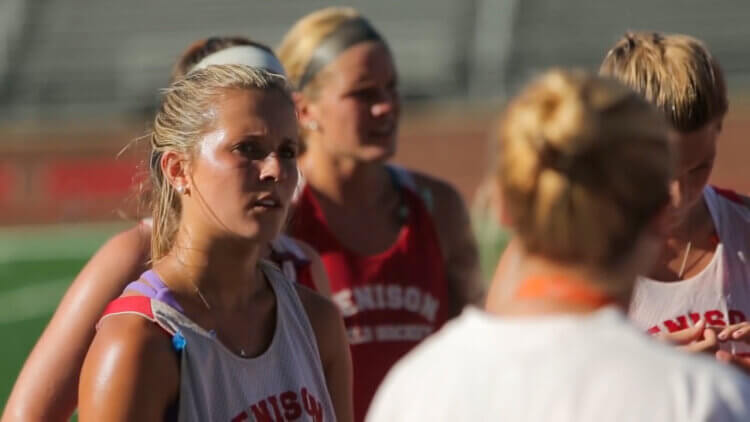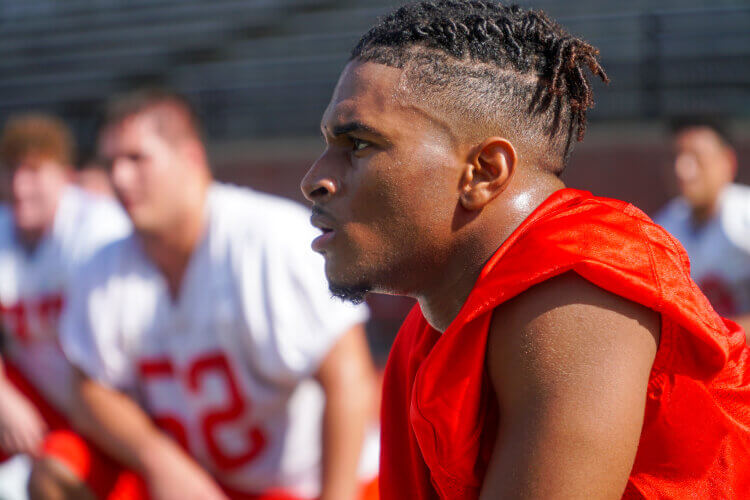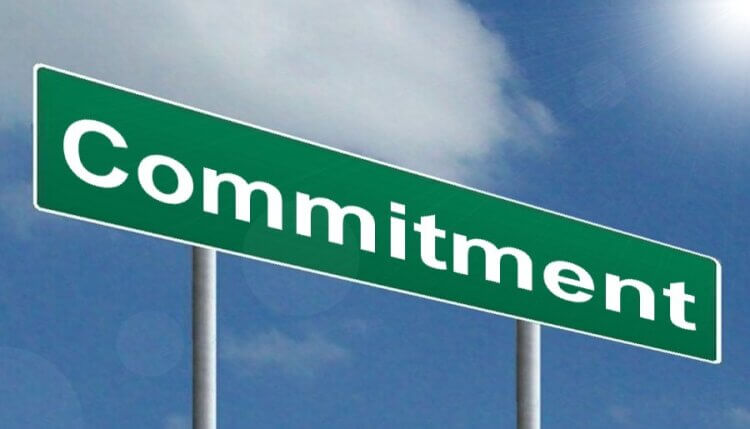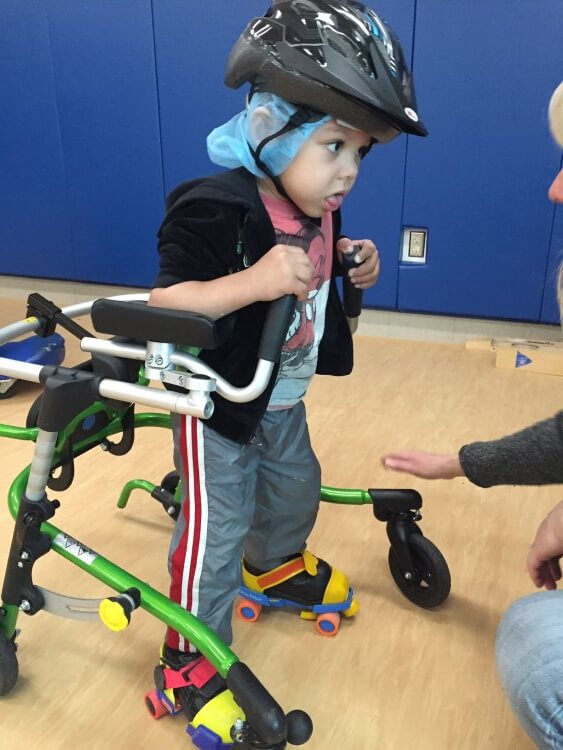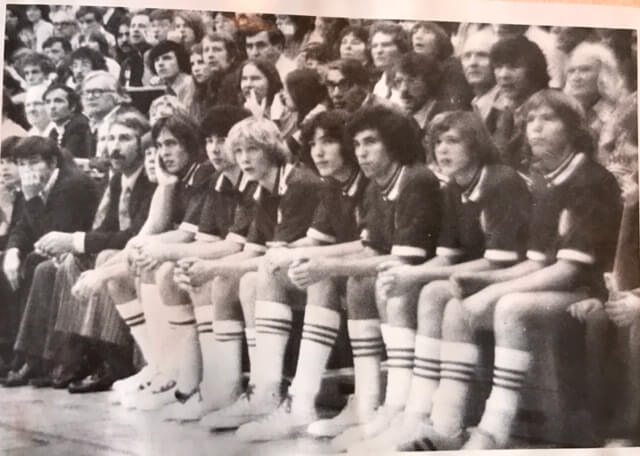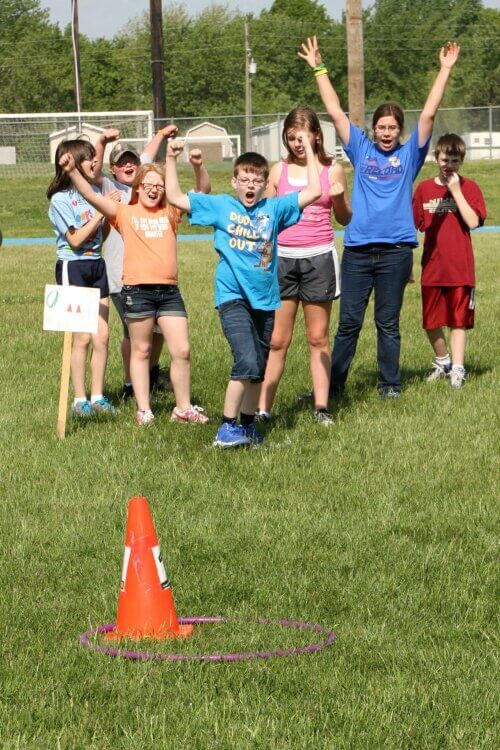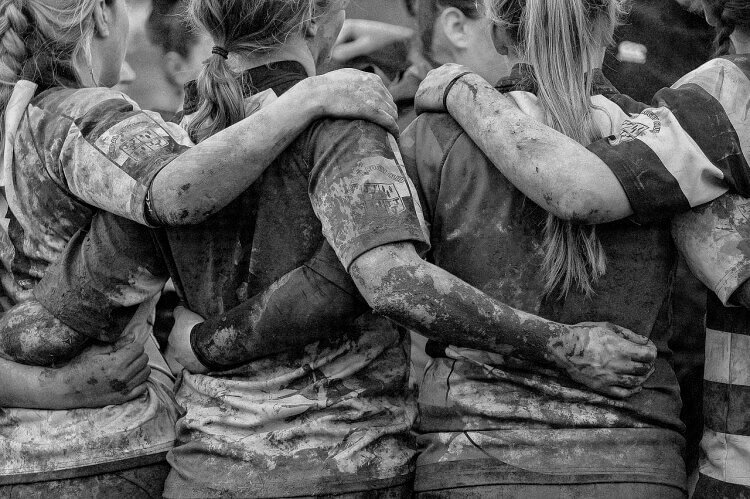(Publisher’s Note: This article is based on a review of feedback submitted by participants of the 50 Million Strong by 2029 Forum held at the 2017 SHAPE America National Convention in Boston. The information in the article has not been previously published but was shared with SHAPE America staff and the BOD soon after the forum.)
During the 2017 SHAPE America 50 Million Strong (50MS) by 2029 Forum, attendees were asked, “What should SHAPE America do to support and accelerate the progress of the 50MS vision?” Following the forum, the suggestions were collected, sorted, and prioritized based on the discussion notes compiled from 27 volunteer note-takers. Presented below are the top categorized recommendations. The forum organizers provided all 10-pages of suggestions to the national SHAPE America organization and its Board of Directors for their consideration and possible action.

